Van Gogh Self-Portraits at the Courtauld
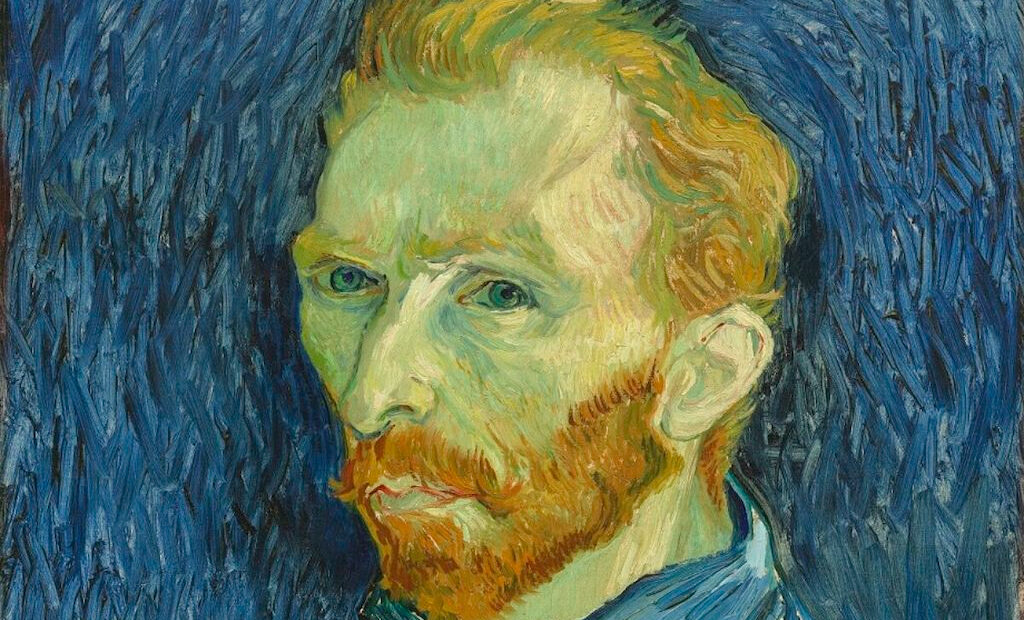
The gaze – piercing, inquiring – still stops viewers in their tracks. Few artists can rival Vincent Van Gogh for the intensity of purpose he brings to his self-portraits. In that all too brief powder keg of a career of his, the Dutchman produced 37 studies of himself. Now the Courtauld gallery gathers together 16 of them, ranging from his Parisienne work (testament to the influence of the likes of Seurat and Toulouse-Lautrec) to the powerful paintings he produced during his stay at the Saint-Paul-de-Mausole psychiatric hospital in Saint-Rémy-de-Provence.
Many of these works have not been together since leaving his studio and a fair few are rarely loaned out. Small in size but extensive in breadth, this exhibition seeks to show the evolution of Van Gogh’s self-portraiture. The Courtauld draws attention to the fact that the painter’s financial circumstances led him to use himself as a model in order to develop his technique. Exhibition curator Dr Karen Serres has articulated that a key objective is to present the case that Van Gogh’s self-portraits should be viewed as him forging his artistic language, rather than through the prism of his mental health and ultimate suicide.
Displayed in the Courtauld’s new Denise Coates exhibition galleries, this thrilling show sees him experimenting with a plethora of styles. Aside from the 16 self-portraits – all produced between winter 1886 and the autumn of 1889 – there is also Van Gogh’s Chair (1888), in which the painter represents himself with a pipe and tobacco pouch, and Portrait of Eugene Boch, a depiction of a Belgian painter friend before a starry sky.
Vincent arrived in Paris in February 1886 and started experimenting with light, inspired by avant-garde artists he met there. Self-Portrait with Felt Hat (1886-1887), the earliest work at the current exhibition, dates from this formative period. The artist positions himself slightly off-centre, his solemn face set against a burnt sienna background, chiaroscuro modelling used to enhance the beam of light on the left side of his head. His orange beard contrasts with his blue cravat. Van Gogh is seen here applying paint thinly, perhaps inspired by his friend Henri de Toulouse-Lautrec’s preference for paint drained of most of its oil and thinned with turpentine.
By 1887 one finds his palette brightening up, drawing on the Parisienne avant-garde. That year alone he produced 22 self-portraits. His Self-Portrait of spring 1887 marks a notable change, Van Gogh is exploring tonal relationships and a greater variety of colours. Both his “pale lilac suit” (possibly from his days as an art dealer) and the green background are painted with energetic short strokes. A second striking study from the same month immediately attests to the Dutchman’s absorption of the pointillist technique pioneered by Georges Seurat. The background is animated by dots of the complementary colours of blue and orange alongside green marks. He applies paint densely, with the face carefully modelled using thinner brushstrokes. Self-Portrait with Grey Felt Hat, again from spring 1887 is an unusual frontal study, with the artist wearing an elegant hat belonging to his brother, Theo. Self-Portrait with Straw Hat, from August-September 1887, sees Van Gogh rendering his face with directional, overlapping brushstrokes, the background and blue jacket painted in a looser manner than the head and hat. Kirk Douglas’s portrayal of the legendary artist in the Hollywood film Lust for Life (1956) was apparently shaped by this work. Believed to be the final painting completed by Van Gogh before moving from Paris to the south of France in February 1888, Self-Portrait as a Painter can be viewed as a culmination of the lessons of optical and colour theory he had garnered from other neo-Impressionists.
The Courtauld’s own Self-Portrait with Bandaged Ear, of January 1889, was painted in Arles after a fortnight in hospital following the infamous incident of 23rd December 1888, when he had mutilated his left ear in the aftermath of an argument with his housemate, the artist, Paul Gaugin. Viewed to be a defiant statement on the part of Van Gogh that he is determined to start working again, it sees him depicting his bandaged ear, his features gaunt and unbearded. Wearing a blue fur cap to hold the bandage in place and Provencal shepherd’s cape, the artist positions himself between a blank canvas and one of his Japanese woodblock prints that were such a source of inspiration for him. As this remarkable exhibition reaches its conclusion, the visitor finds two self-portraits painted just a week apart that have been reunited for the first time since 1890; made by Van Gogh during his period in a psychiatric hospital in Saint-Remy-de-Provence, the dramatic contrast is nothing short of astonishing. The first of the two, the haunting Self-Portrait of late August 1889, was described by the artist in a letter to his brother Theo as “an attempt from when I was ill.” Van Gogh’s skin here is a sickly yellow-green, the colours muddy, his features less recognisable. A palette knife has been deployed to flatten brushstrokes. Then, only a week later, one discovers a remarkable transformation: although still evidently pale, the artist appears revitalised, brushes and palette in his hand. There’s a powerful contrast between the ginger hair, light features and blue background. The complex combinations of ultramarine, Prussian blue and cobalt give the portrait a dynamic energy. It stands as a testament to the indomitable spirit of the man and the stirring force of his art; a rousing finale to a memorable show.
James White
Van Gogh Self Portraits is at the Courtauld from 3rd February until 8th May 2022. For further information visit the exhibition’s website here.

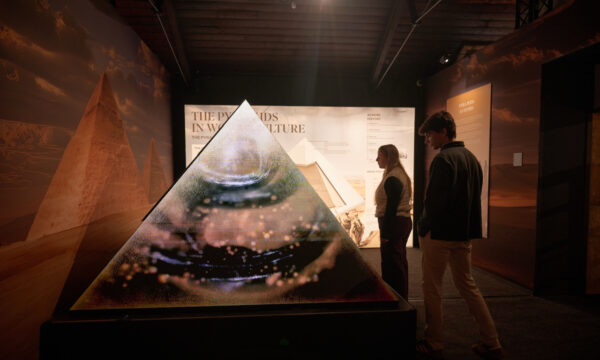
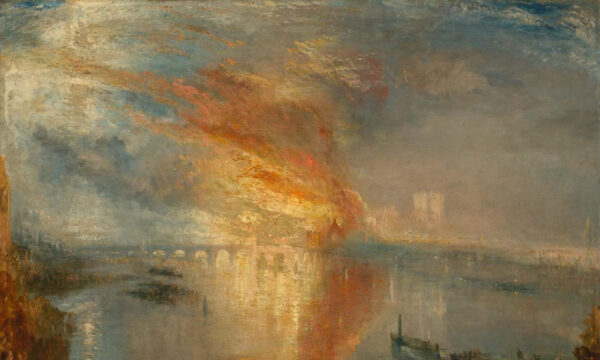
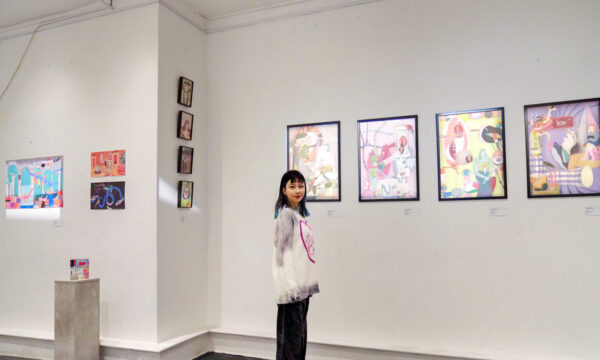
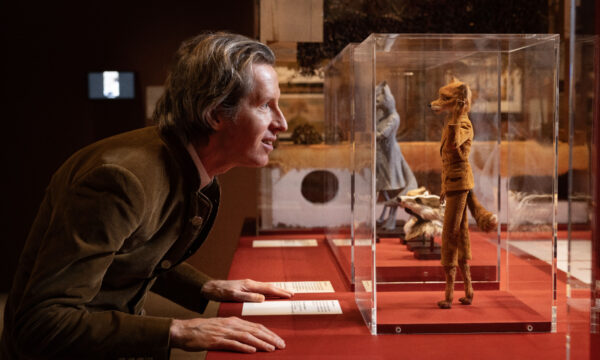
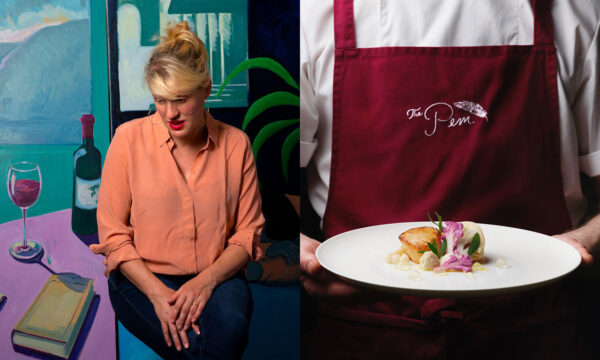
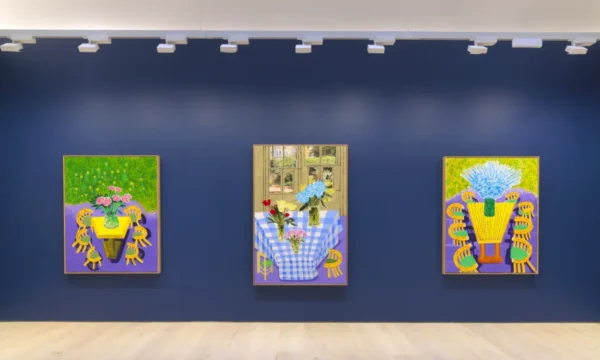
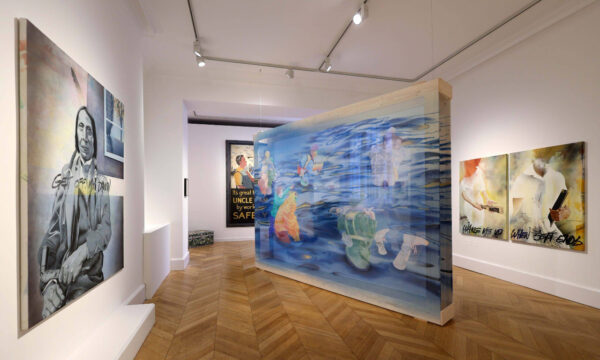
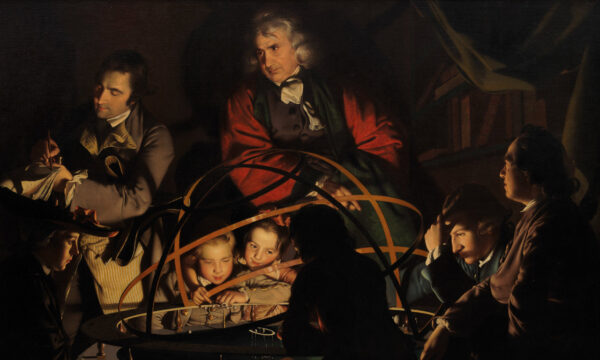
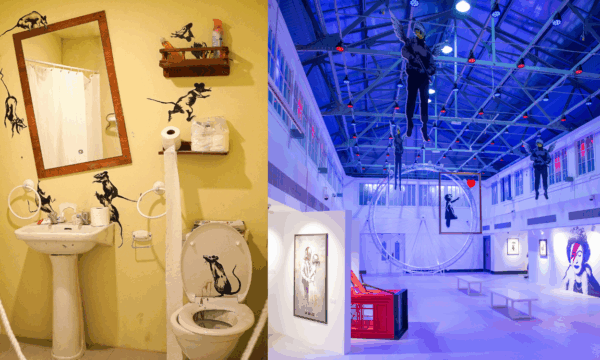
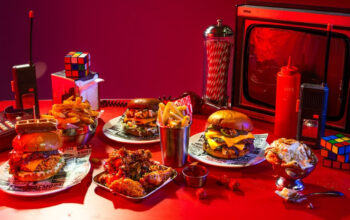
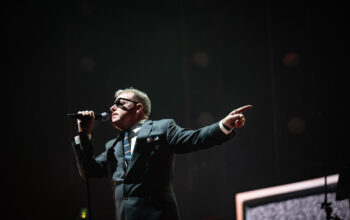
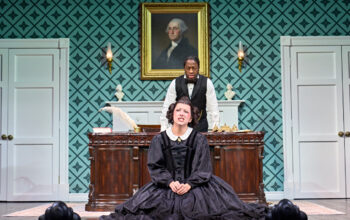
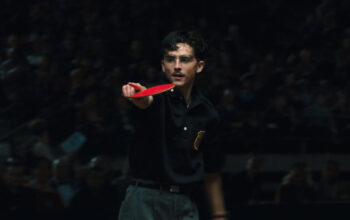




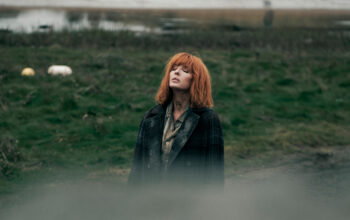
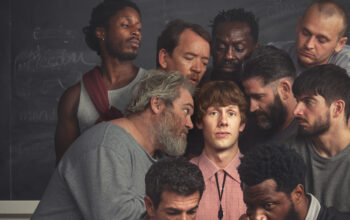




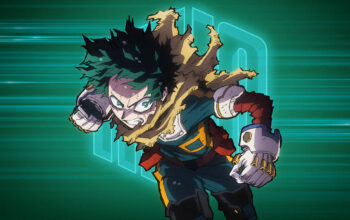
Facebook
Twitter
Instagram
YouTube
RSS